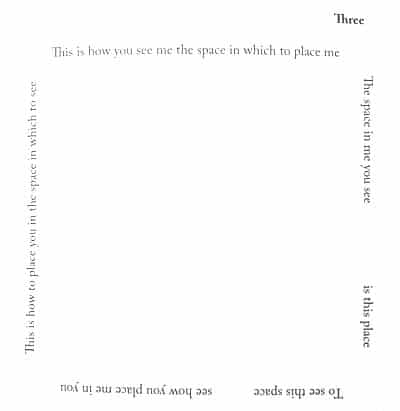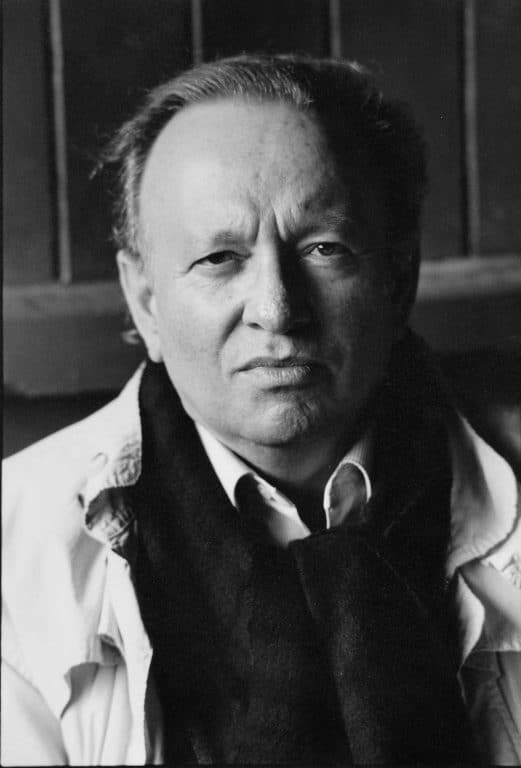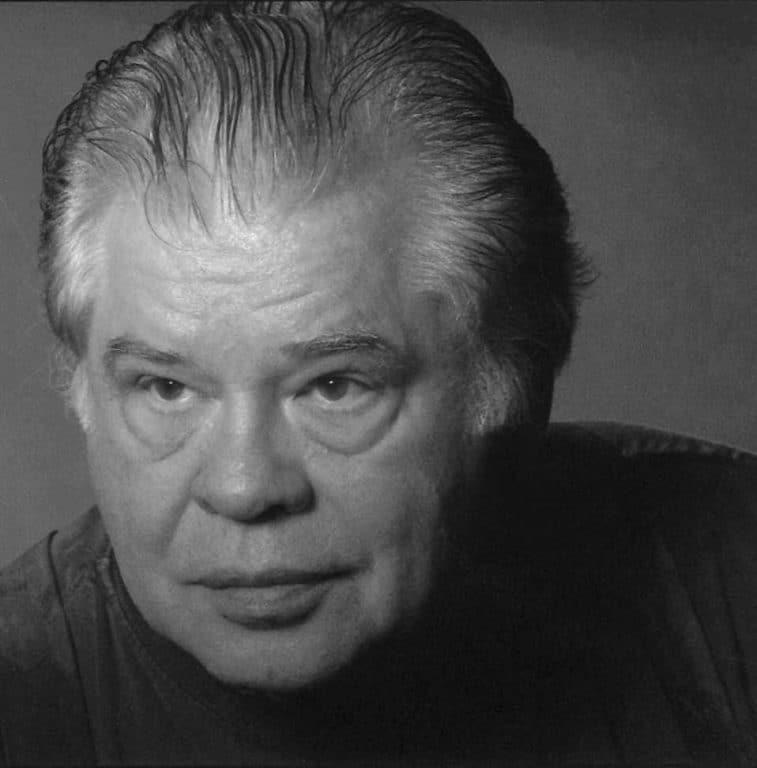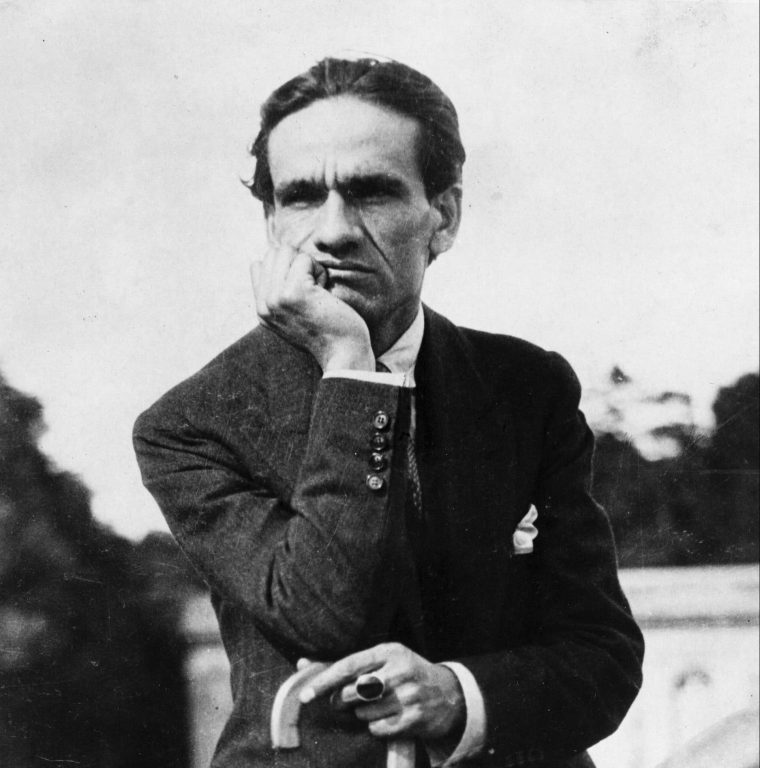Although brief and seemingly spare, this section of Layli Long Soldier’s poem “He Sápa” is dizzyingly powerful and provocative. How does she pack such potency into this selection from her 2018 Griffin Poetry Prize shortlisted collection Whereas.
Long Soldier takes as her inspiration for this five-part poem an isolated mountain range in South Dakota. Translated…
Although brief and seemingly spare, this section of Layli Long Soldier’s poem “He Sápa” is dizzyingly powerful and provocative. How does she pack such potency into this selection from her 2018 Griffin Poetry Prize shortlisted collection Whereas.
Long Soldier takes as her inspiration for this five-part poem an isolated mountain range in South Dakota. Translated from the Lakota words Pahá Sápa, the mountains known as The Black Hills appeared dark from a distance, as they were covered in trees (as explained here).
The layout of this section of the poem is another example of Long Soldier’s incisive use of concrete poetry – turning the poem or poem excerpt into visual art to convey its message. But if the poem is about mountains, as readers/viewers, we’re not going to be handed a simple visual transcription resembling mountain peaks. There is a space here, framed by pointed and incantatory words. To take in all of the words, readers/viewers are literally compelled to change their perspective.
How do the words framing this space, this eloquent emptiness, this brimming void help us to decipher and interpret the message? John Freeman’s May 2017 review of Whereas doesn’t offer clues, but does provide insightful guidance:
You do not slip into this book on silken bolts of easy beauty, but scratch yourself raw on language disassembled into glittering shards: “He is a mountain as he is a horn that comes from a shift in the river, throat to mouth,” starts “He Sapa,” a poem about how many beings tumble forth from two words.





